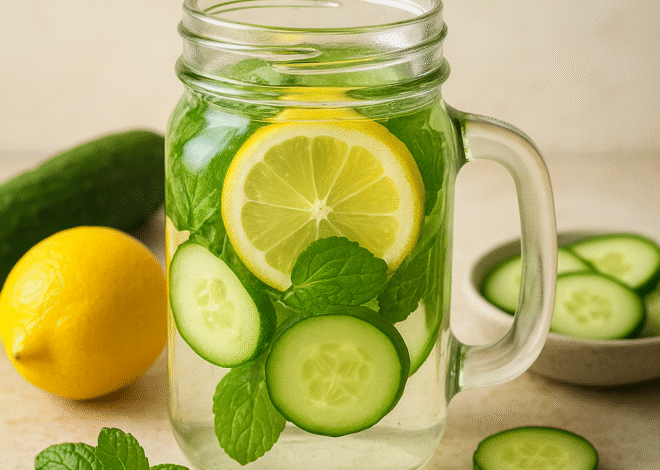
“Seasonal Eating: How to Eat Healthy with the Seasons”
Focus on the benefits of eating seasonally, emphasizing how choosing fresh, locally available produce not only boosts health but also supports the environment.

Introduction to Seasonal Eating
- Why Seasonal Eating Matters:
Explain the concept of seasonal eating and its benefits, such as improved taste, better nutritional value, and supporting local farmers and economies.

Benefits of Eating Seasonally
- Nutritional Value:
Highlight that fruits and vegetables harvested in-season are at their peak nutritional value and taste, compared to out-of-season produce that may lose nutrients during transportation.
Better Nutritional Value
Fruits and vegetables lose some of their nutrients as they age or are transported long distances. Seasonal vegetables, however, are typically harvested at their nutritional peak and require less time to travel from farm to table. For example, leafy greens like spinach and kale in the fall are packed with essential vitamins and minerals like vitamin C, iron, and potassium, while root vegetables like carrots and sweet potatoes are rich in beta-carotene, fiber, and antioxidants.
Variety in Your Diet
Eating with the seasons allows you to explore a wider variety of vegetables throughout the year. In the spring, you might enjoy asparagus, peas, and radishes, while summer brings an abundance of tomatoes, zucchini, and bell peppers.
Seasonal Eating by Month or Season
Break down the types of produce available each month or season and suggest recipes or ways to use them. This can include:
Spring (March – May):
Focus on fresh greens, herbs, asparagus, peas, strawberries, and rhubarb.
Recipes: Spring salads, strawberry smoothies, asparagus risotto.
Summer (June – August):
Highlight tomatoes, berries, peaches, cucumbers, bell peppers, and zucchini.
Recipes: Grilled vegetable skewers, berry parfaits, cucumber salads.
Fall (September – November):
Feature pumpkins, sweet potatoes, apples, pears, kale, and squash.
Recipes: Butternut squash soup, apple crisps, roasted sweet potatoes.
Winter (December – February):
Focus on root vegetables, citrus fruits, cabbage, Brussels sprouts, and parsnips.
Recipes: Citrus salads, roasted root vegetables, hearty soups.
Easy Seasonal Recipes
- Spring: Lemon Herb Salad
- Summer: Grilled Veggie Skewers
- Fall: Roasted Pumpkin Soup
- Winter: Roasted Root Vegetables










